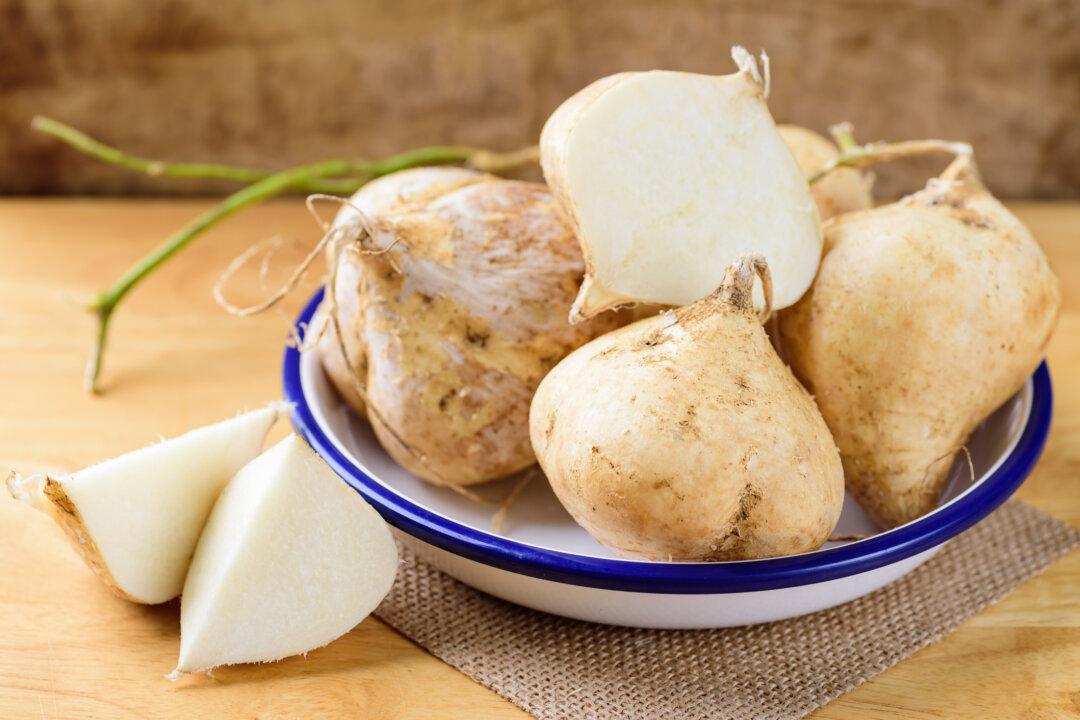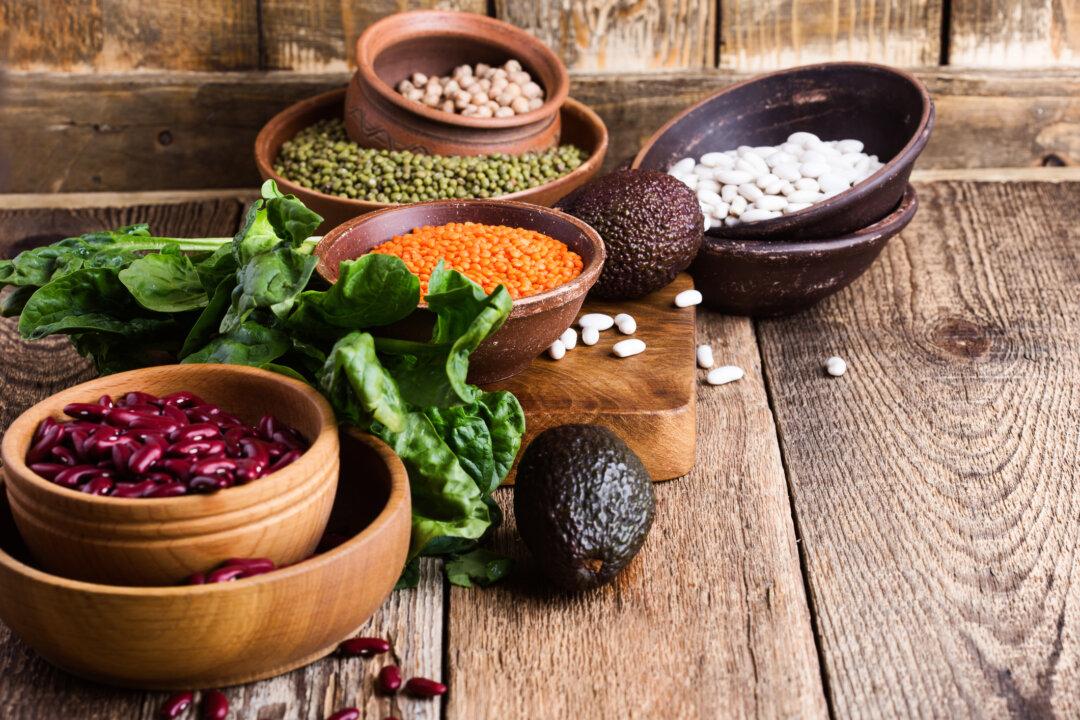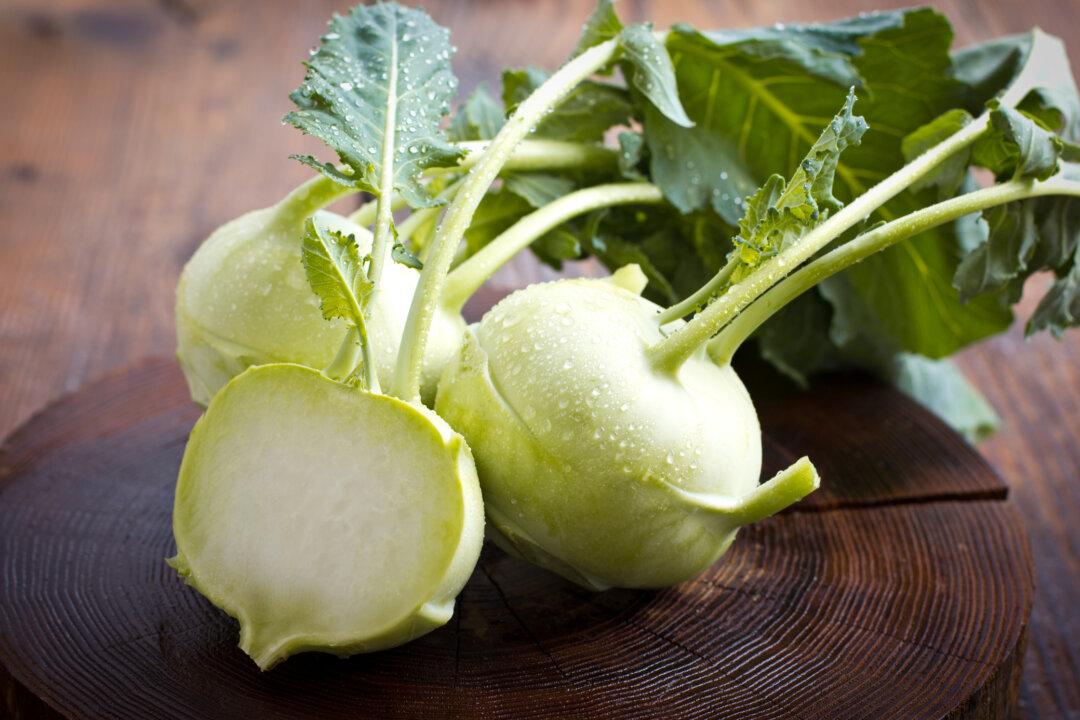Clementines are a hybrid between the sweet orange and the mandarin.
The Folklore
Legend says clementines were named after Father Clement Rodier, a monk in Algeria who was believed to have discovered the fruit, but some scholars believe this tiny citrus originated in China, thousands of years ago. Clementines were brought to the U.S. and grown in Florida in 1909 and California in 1914. They are sweet, compact, (mostly) seedless, and bursting with juice and health-promoting nutrients.The Facts
Clementines (Citrus reticulata Clementine) are a variety of mandarin (Citrus reticulata). Clementines have a bright orange, loose, glossy skin that’s easy to peel. They are slightly flat on the top and bottom, and break easily into sections. Tiny as they are, two clementines equal one serving. Two of these orange orbs pack more than the daily value of vitamin C and 10% DV of dietary fiber, with only 70 calories. They also contain powerful antioxidant plant compounds that are linked to disease prevention.The Findings
A citrus fruit, clementines are rich in flavonoids that are linked with protection against and benefits in the treatment of different diseases, including arthritis, cancer, diabetes, and heart disease (Current Pharmaceutical Design, 2021). Each serving of clementines boasts a high dose of vitamin C, which research has shown may be beneficial for heart health, skin health, and fighting infections. It is currently being studied for its potential to boost the immune system, specifically in the role of protecting against the COVID-19 virus (Maturitis, 2021).The Finer Points
Peak season for clementines is October through January, though they are becoming available year-round. Typically sold in mesh bags, boxes or crates, choose those with bright orange, blemish-free, and fragrant skins that feel heavy for their size. Keep them in a cool place, where they should last a couple weeks. Enjoy them in green and whole grain salads, over oatmeal, in a yogurt parfait with other fruits, granola and nuts, add segments to a plate with cheese and nuts, or enjoy them on whole grain toast with nut butter or yogurt.(Environmental Nutrition is the award-winning independent newsletter written by nutrition experts dedicated to providing readers up-to-date, accurate information about health and nutrition in clear, concise English. For more information, visit www.environmentalnutrition.com.)





